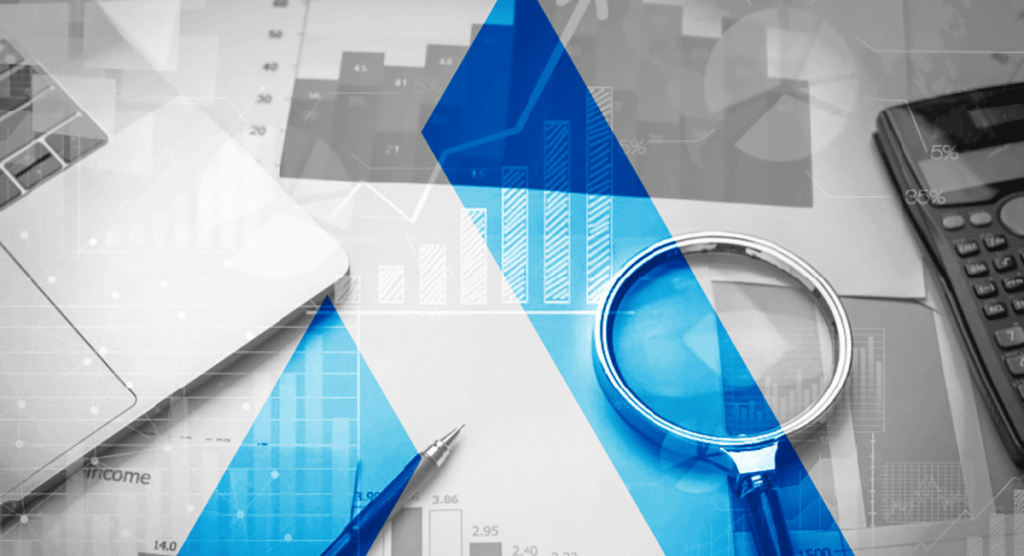In the mad rush to become the next winner of the “data-driven” race, many companies have focused on enabling data access across the business. More and more data are used, viewed and consumed throughout the company by more and more groups and more and more individuals. But sometimes a critical piece of information is missing: who’s consuming what data, where, when, why, and how much. Without this data observability, companies are flying blind.
When you don’t know what “normal” is, everything is “abnormal”. And how can you effectively run a business that way?
Being able to observe data consumption and truly comprehending how data is being utilized brings tremendous value to an enterprise. When you have the full context around how your sensitive PII, PHI and PCI data is consumed by whom, in what roles, at what time of day, on what day of week, in what patterns across time, you can start to understand what “normal” looks like. When you have this level of operational data visibility, you can compare normal to abnormal and begin to drive valuable insights. You can create custom views and reports that show how the data is being consumed for groups across the enterprise. And you can start to make better decisions for your business.
Get data insights and take action
For “risk” executives – in other words, people who look at risk to the business at a high level and care about what happens to the brand – you can create visualizations that show how often data that is covered by regulatory or privacy requirements is accessed and by whom. For execs who have to sign privacy and compliance attestations you can tailor visualizations that give them clear information they need in order to feel confident signing their name.

Compliance and privacy teams
These groups may discover anomalies like DBAs looking at Social Security numbers or developers accessing customer PII. They can then set up more stringent governance policies to correct that access. They can also create purpose-based access controls based on normal usage. For example, they can set controls that allow access within those normal constraints, but any access outside that will be flagged and an alert sent in real-time to the Security Team
Data management teams
These teams may want to look at the value the company is getting out of its data consumption. They will want to ensure that people who legitimately need access to data get as much as they legitimately need without any friction. Comprehensive observability into how the company is using data, what roles or lines of business are using what data, and how they’re using it can help data teams optimize data consumption to deliver the most value.
If data sharing and monetization are part of your business, observability over data consumption is key. You can start to see which data and which data sets are valuable to which customer roles, segregated by company size, location, industry and more. For example, one of the companies I’m working with has seen that midsize companies are interested in a specific data set, but enterprise size companies look at a completely different data set. Knowing this could lead to data product optimizations like carving out the enterprise class data and potentially charging a higher price.
Easy data observability with ALTR + Snowflake
ALTR provides several features with Snowflake that make data observability easy. You can classify which columns contain sensitive data and focus observation only on those, so you’re not drowning in an unnecessary flood of “abnormal” alerts. You can step back and look at a data usage heatmap that gives you an overview of consumption by individual so you can see normal usage over time and easily spot and dig into any outliers. And our Tableau user governance capability allows you to collect individual consumption information on end users even when they’re using a shared service account.
I believe observability is one of the most valuable things we do — everything else we effect, evoke or instrument is driven by knowing who is consuming what data. It’s a powerful foundation for our complete Data Governance solution and can be powerful tool to drive insights and action for your company.


